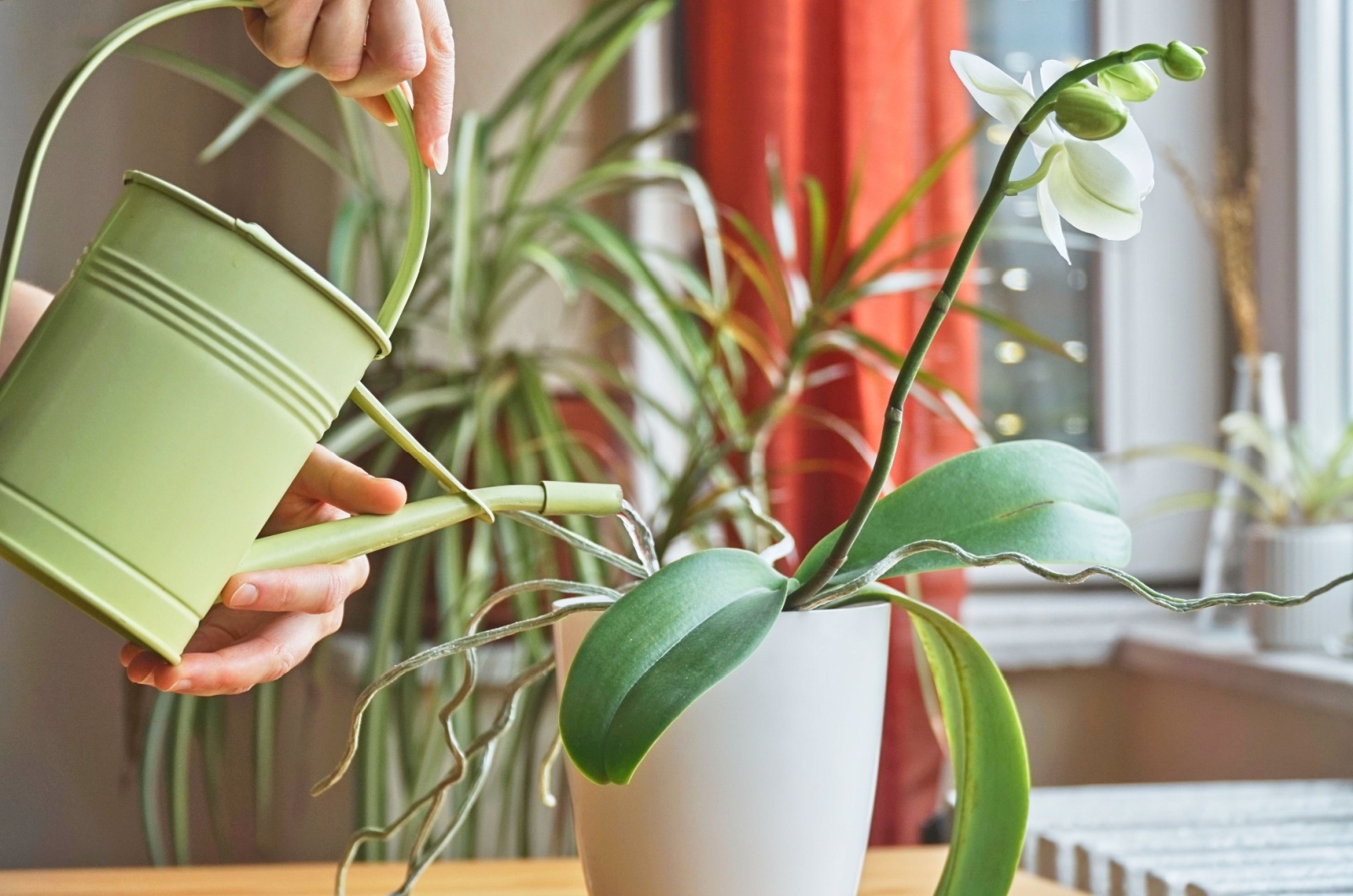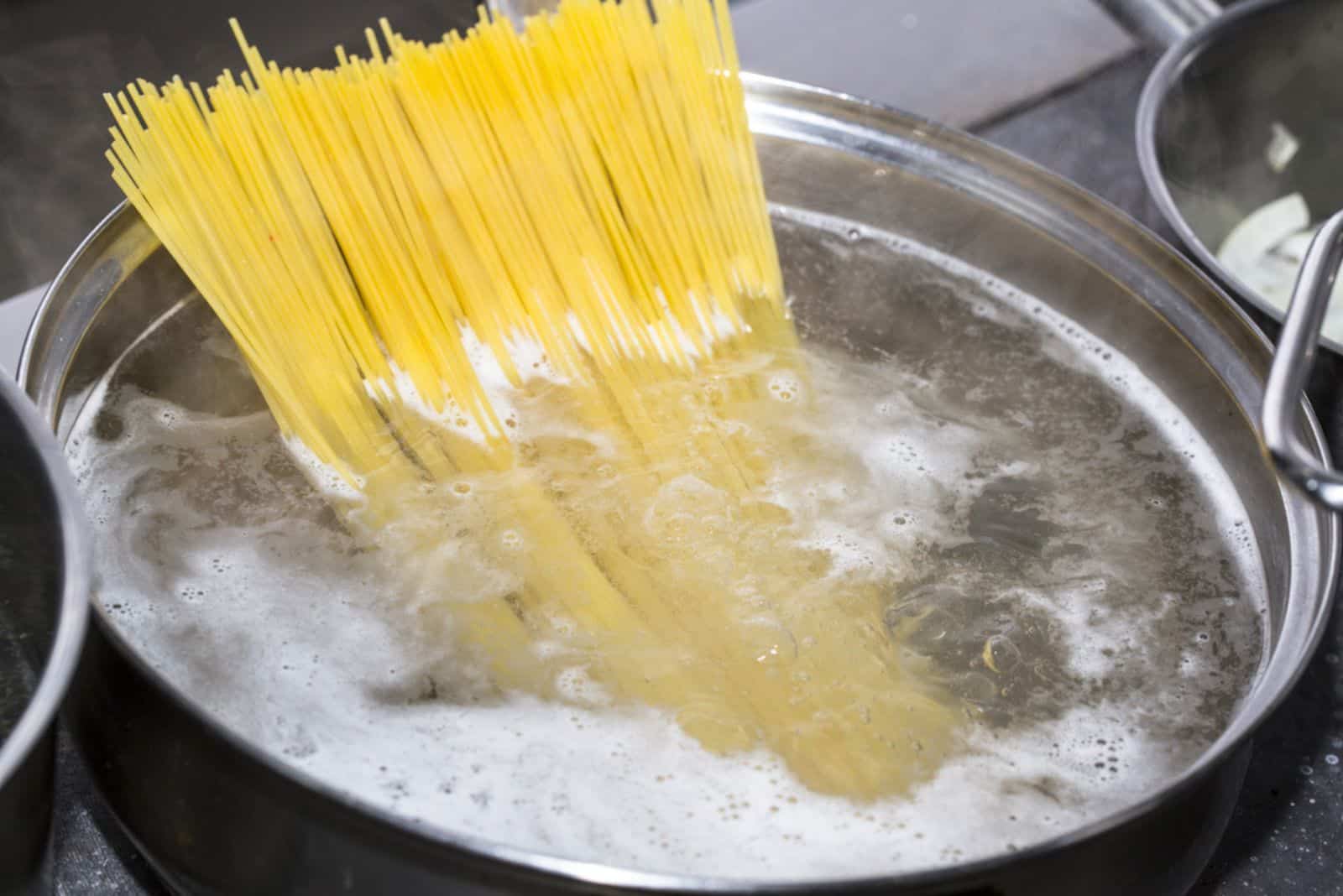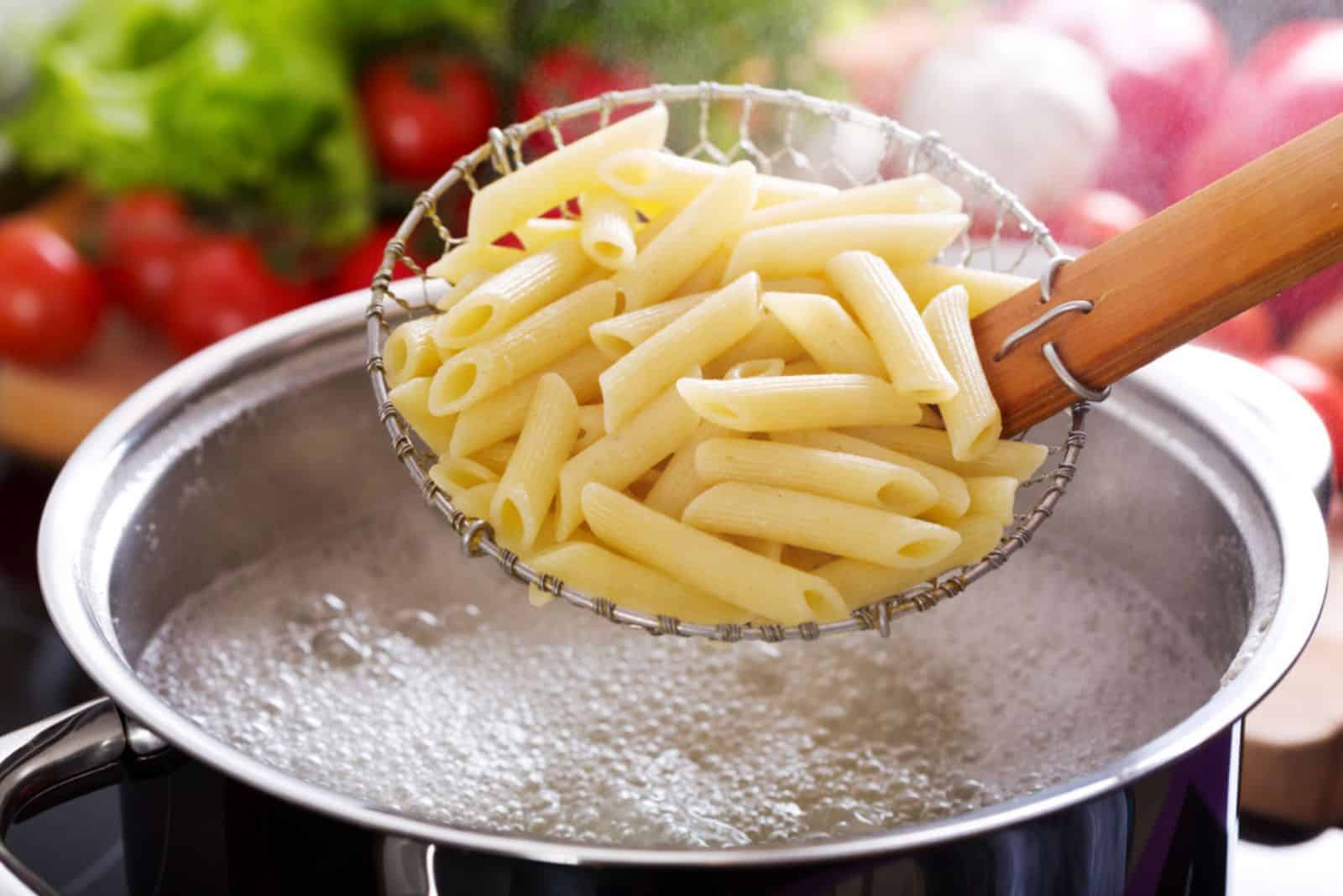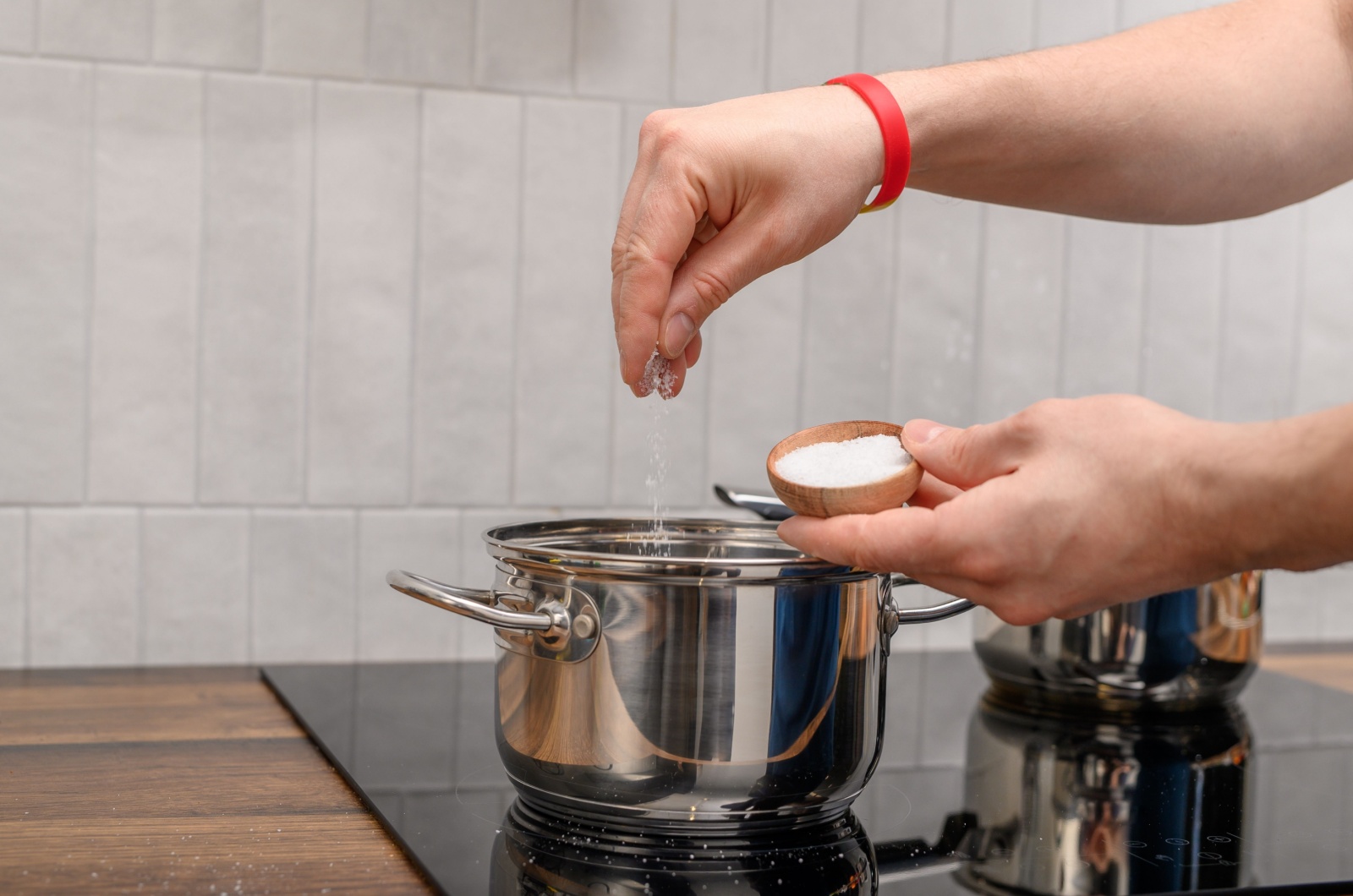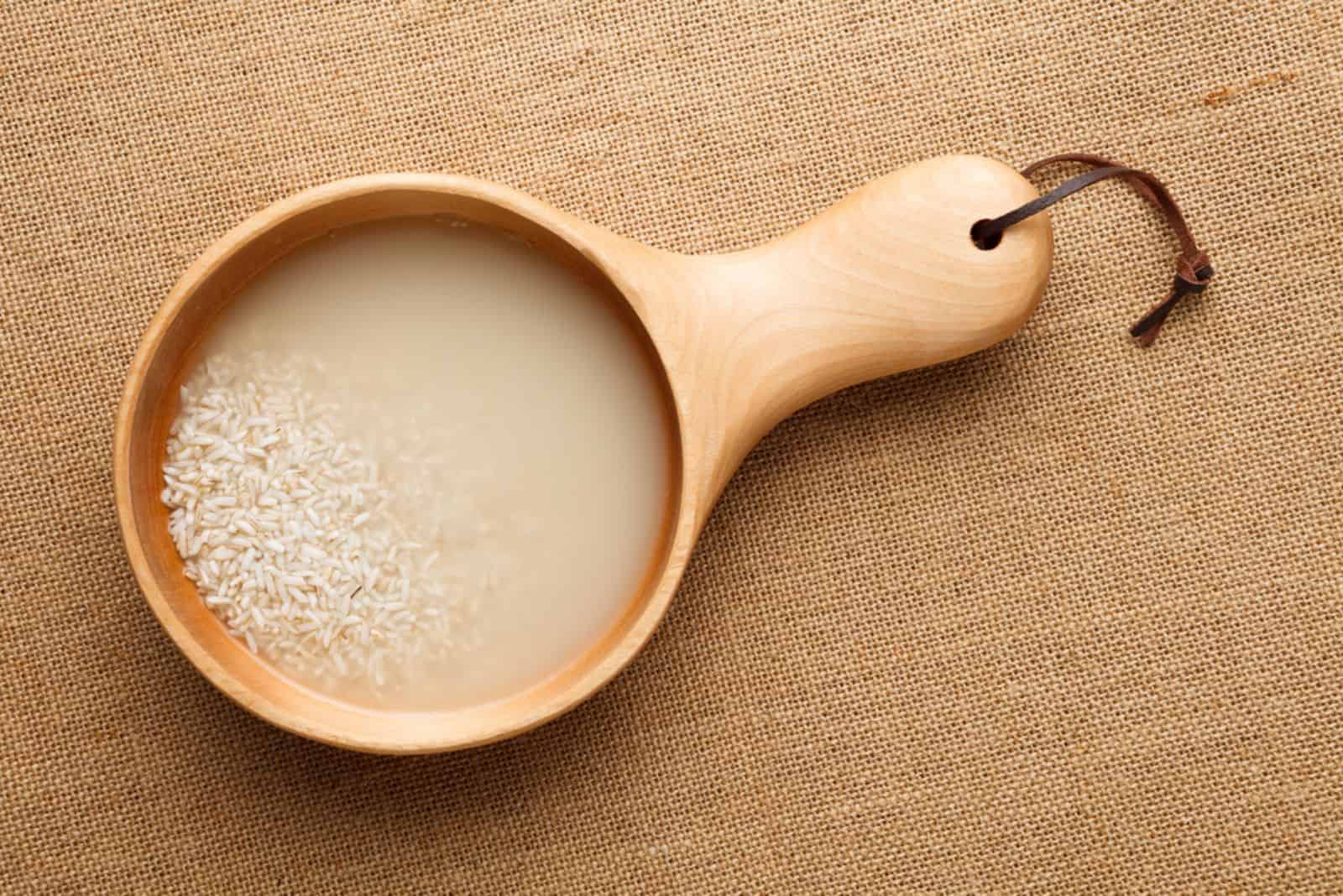I bet that you enjoy a delicious bowl of pasta every now and then; but did you know that your plants might also like to have some?
Well, you can’t exactly give your plants some spaghetti, but you can definitely use pasta water for plants!
Even though this might sound odd, using pasta water to feed plants has become pretty common. This is because pasta water contains various minerals and nutrients that can boost plant growth and development.
The trick is knowing exactly when and how to give your plants pasta water, otherwise you might end up hurting them instead of helping them. To help you out, we are going to cover all the pros and cons of using pasta water and share some tips on how to use it, so make sure you keep reading!
Pasta Water For Plants: Pros & Cons
Before we dive into methods on how to use pasta water for your green buddies, we’ll take a look at all of its benefits and drawbacks first. While pasta water can be used as a form of fertilizer, there’s also a risk of potential dehydration or the appearance of mold.
Let’s take a closer look.
Pro: Improves Nutrient Availability
Dry pasta contains nutrients like potassium, iron, and calcium. While the pasta is cooking in the water, some of the nutrients get released, and voila!
The water now contains all of those essential nutrients that plants absolutely adore.
As well as these nutrients, pasta also contains starch, which improves microbial growth, but we’ll get to that later on.
Con: Potential Dehydration
This is where it gets tricky to use pasta water as a natural fertilizer. Most of us add salt when cooking pasta, but even though salt improves the taste, it might negatively affect your plants.
Adding salty water to the soil leads to high salinity content. This draws moisture out of the plant, which ultimately leads to dehydration. If you constantly add salted water to your plants, they will eventually end up dying.
So, if you plan on using pasta water for plants, adding salt when cooking is a big no-no!
Pro: Boosts Microbial Activity
Pasta contains starch, a carbohydrate made out of numerous glucose units that is usually found in veggies, fruits, and grains [1]. When we eat starch, it breaks down and gives our body much needed energy.
As the pasta boils, trace amounts of starch get released into the water. When you use this water for plants, the starch acts as a gentle food for the good microbes in the soil. This will lead to an increased bacteria population in the soil.
Boosted microbial activity improves fertility in the soil, which ultimately results in more robust plant growth [2]. These microorganisms are also helpful for preventing diseases and infections in plants.
Con: Mold Might Appear
Even though it is a good thing that pasta water can encourage the growth of bacteria; if you overdo it, mold might appear.
Mold is not as harmful – you can simply scoop it from the soil’s surface. However, if you keep adding more pasta water, mold can end up infecting your plant. It can cause yellowing of the leaves and leaf drop. In more severe cases, it might even result in plant death.
This is easily avoidable by simply giving your plants pasta water less often.
Pro: Biodegradable
A pasta serving of 100 grams requires 1 liter of water to cook. Once your pasta is cooked, I assume that you simply pour the water down the drain. But why waste it?
Everytime you cook pasta, you can save the water and use it for your indoor or outdoor plants. Even though it might seem like a small thing, every liter counts.
Con: Attracts Insects
Insects use starch and glucose for nutrition and reproduction [3]. This is why insects like weevils, flour mites, and potato bugs can all be found in rice, flour, and potatoes. They can often be seen in pantries too.
Luckily, these insects don’t harm plants directly. However, they can be really annoying!
This is where companion planting has shown to be extremely helpful. For instance, basil is a great companion plant because its distinctive smell keeps these little buggers away. You can also try growing oregano or thyme.
How To Use Pasta Water For Plants
You might think that you can simply pour pasta water directly into the soil after cooking, but that’s not usually the case. There are a few ways that you can use pasta water for plants, including fermenting pasta water, bottom watering, and misting.
Let’s see more details.
Fermented Pasta Water
Fermented pasta water acts as a mild fertilizer. The fermentation process is quite easy – all you have to do is mix the water with 70 ml of milk and 1 spoon of sugar in a closed container. This mixture should be left to ferment for between 3-12 days. You’ll know the fermentation is finished when the mixture turns sour and translucent.
However, I must tell you that fermentation smells pretty bad, so the soil will also begin to smell. You can add some citrus liquid to the water in order to neutralize the smell.
Bottom Watering
You can use pasta water for bottom watering as well!
Bottom watering has many benefits, including better nutrient absorption and overwatering prevention. This is because the plants’ roots will be able to readily access the nutrients provided by the pasta water.
This is how you do it:
1. Find a small container that is two inches larger that the plant’s pot
2. Put the plant into that container
3. Add enough water so that it reaches roughly 1 inch high
4. Let the plant sit in the water for about 15 to 20 minutes
5. After that, check the soil’s moisture level
6. If the soil is moist, you can remove the plant from the container
Misting
The best way to avoid overwatering and giving your plants too much starchy water is by misting them. This way, there will be no excess water that would otherwise make the soil too soggy or affect the plant’s roots.
Simply find an empty spray bottle and add the pasta water to it. Mist your entire plant, as well as the undersides of the leaves. You should also mist the topsoil.
Misting is usually done in the morning or late evening so that the plant has enough time to absorb the nutrients and moisture.
Directly To The Soil
Once the water has cooled down, you can simply pour it directly onto the soil. This is one of the easiest methods that you can use, and there is also no pungent smell because the water is not fermented.
The soil might smell a bit like pasta, but it will quickly go away.
Always make sure to wait until the water has cooled down because hot water might damage your plants.
When To Use Pasta Water
There is generally no strict rule for when you should use pasta water – whenever you cook it, you can use it. However, you should take into account when the last time you watered your plants was.
If you water your plants the same day you are planning to use pasta water, it will likely only lead to overwatering and rotting. Therefore, I suggest you check the soil before watering.
If it’s dry, then you should go ahead and pour that pasta water. It will replenish moisture and nutrients, so you can continue with regular watering after.
What To Avoid When Using Pasta Water
First and foremost, you have to know that you can’t add salt or any other spices to the pasta water when cooking. We have already mentioned the negative impact that salt can have on your plants.
You should always wait until the water has cooled down. If you use boiling water, it will burn your plant’s roots and severely damage its overall health. Room temperature water works perfectly fine!
Lastly, try not to use pasta water too often. Although it might seem like a good idea, the nutrients available in pasta will never replenish those available in fertilizers. Therefore, you should still continue using fertilizers to improve nutrient content and encourage plant growth.
Besides Pasta Water, What Else Can You Use?
Pasta water is not the only starchy water that you can use. As well as pasta, you can also use rice water, potato water, or dried noodles.
Dried noodles can be directly added to the soil, while rice and potatoes have to be cooked and the water used in the same manner you would the pasta water.
For more information, check out this video: https://www.youtube.com/watch?v=xJS3Ps88z8c
Wrapping Up
Using pasta water for plants has its advantages and disadvantages. I personally use it once every couple of months, even though I eat pasta almost every week!
It’s a shame to see that nutrient-filled water go down the drain, but an excess of anything might turn out to be a bad thing (I guess I have to stop eating pasta so much!).
Whatever you do, don’t let pasta water be the only source of nutrients for your plants. It cannot replace fertilizers completely – remember that.
I hope this article was helpful.
Until next time!
References
1. Adrienne Seitz (2022). What to know about starch. MedicalNewsToday.
2. Lopez et al. (2018). Starch- and cellulose-related microbial diversity of soil sown with sugarcane crops in the Papaloapan Basin. ScieLo.
3. You et al. (2020). Host plant nutrient contents influence nutrient contents in Bradysia cellarum and Bradysia impatiens. National Library of medicine.

